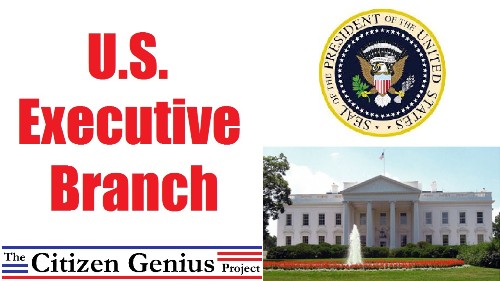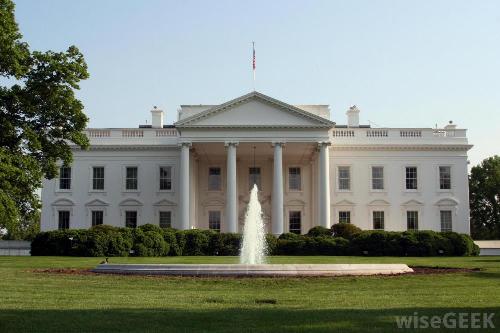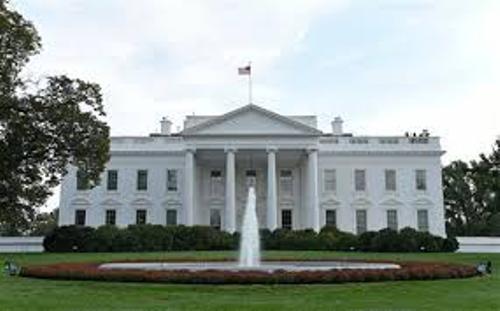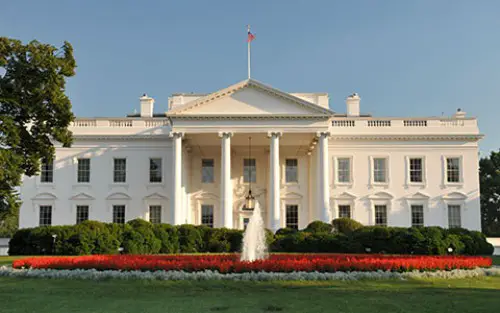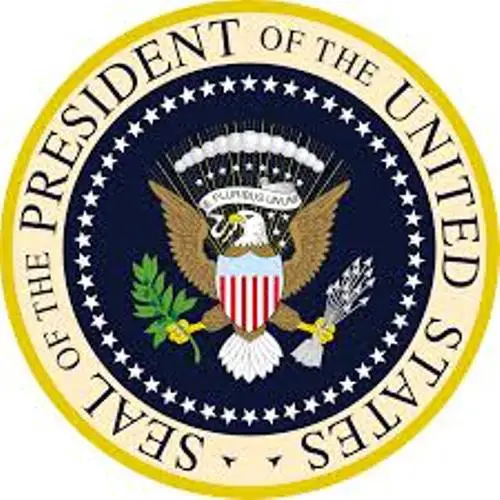10 Interesting the Executive Branch Facts
The Executive Branch Facts will show you the interesting information about the authority which maintains the state’s governance. There are three branches occurred in the separation of power in a state. Those branches are judicial, executive and legislative. By having several branches, the power is not distributed to a group of people. The law in the state will be enforced and executed by the executive branch. Here are other interesting facts about executive branch to note:
The Executive Branch Facts 1: who passes the laws?
You are wrong if you think that the laws are passed by the executive branches. The legislative branch has the responsibility to create laws. The judicial branch has the role to interpret the laws. The responsibility of executive is to enforce the laws.
The Executive Branch Facts 2: particular types of laws
Even though legislative has the role to create laws, there are several types of law taken from executive. It can be seen on the executive order or decree.
The Executive Branch Facts 3: the Westminster political system
The Westminster political system is different. You will not find a well established separation of power in this political system. The executive members are called ministers. They are considered as members of legislative branches too. Therefore, they create and enforce the laws at the same time. Check Republican Party facts here.
The Executive Branch Facts 4: the leader of executive branch
There are several types of leaders in the executive branches. The leadership role depends on the type of government. A president or monarch is considered the head of a state. This supreme leader often represents a national unity.
The Executive Branch Facts 5: the administration
The administration in executive is often maintained by the head of government. It is prime minister who serves as the de factor leader.
The Executive Branch Facts 6: the ministers
There are various ministers in executive branch. The finance minister manages the national budget, applies the fiscal policy and administers the treasury. The foreign policy, foreign relation and diplomatic services are under the responsibility of foreign ministers. Other ministers are defense minister, justice minister, and interior minister. Find facts about terrorism here.
The Executive Branch Facts 7: the government system
The head of government in a parliamentary system is a cabinet minister. The president or ceremonial monarch serves as head of state. On the other hand, the head of government and head of state is the leader of executive in the presidential system.
The Executive Branch Facts 8: the parliamentary system
The parliamentary system is spotted in Germany and United Kingdom.
The Executive Branch Facts 9: president
The president is seen as the head of government and head of state in Brazil and United States.
The Executive Branch Facts 10: public ceremony
When a person is elected as a head of state, a public ceremony will be held.
Do you have any comment on facts about the executive branch?
